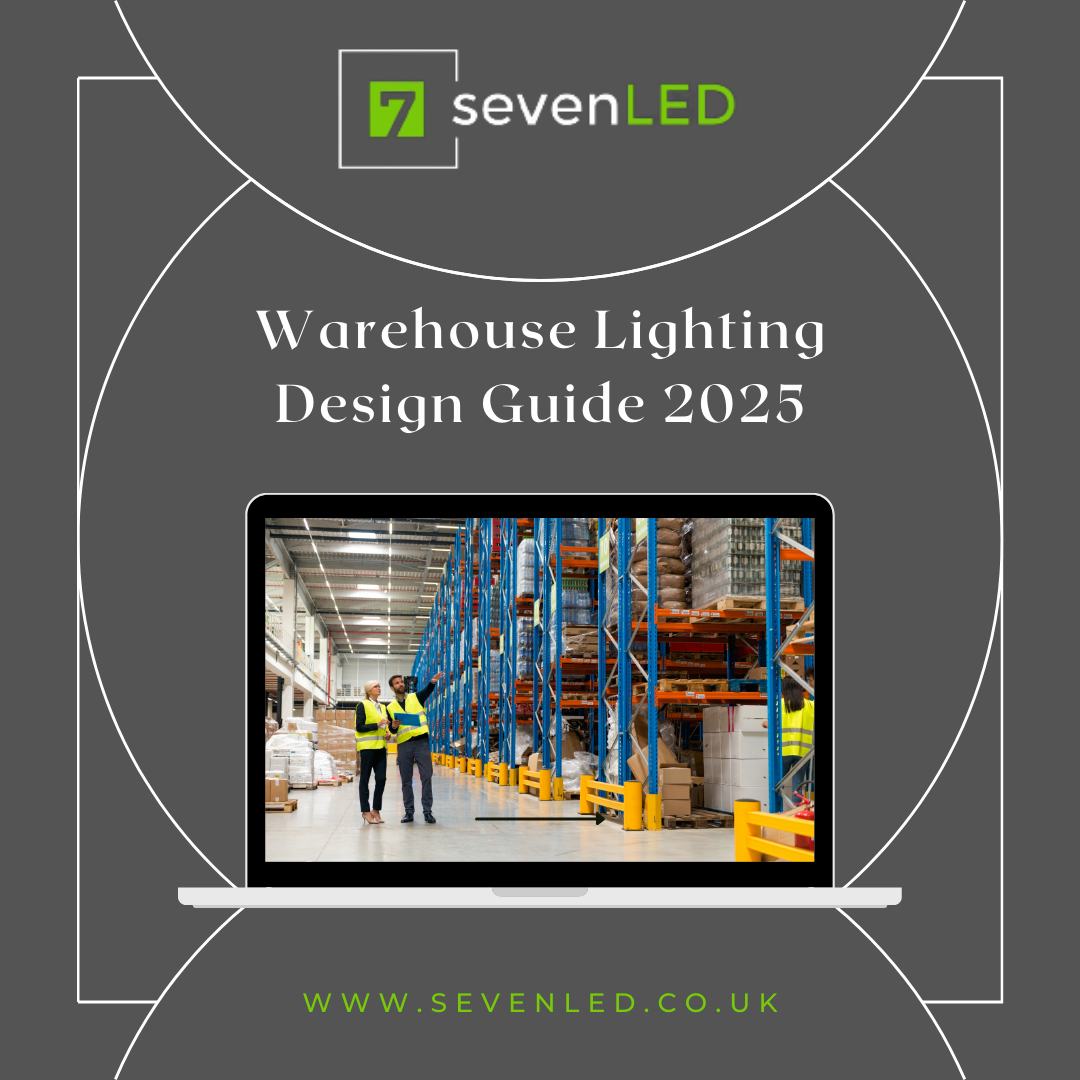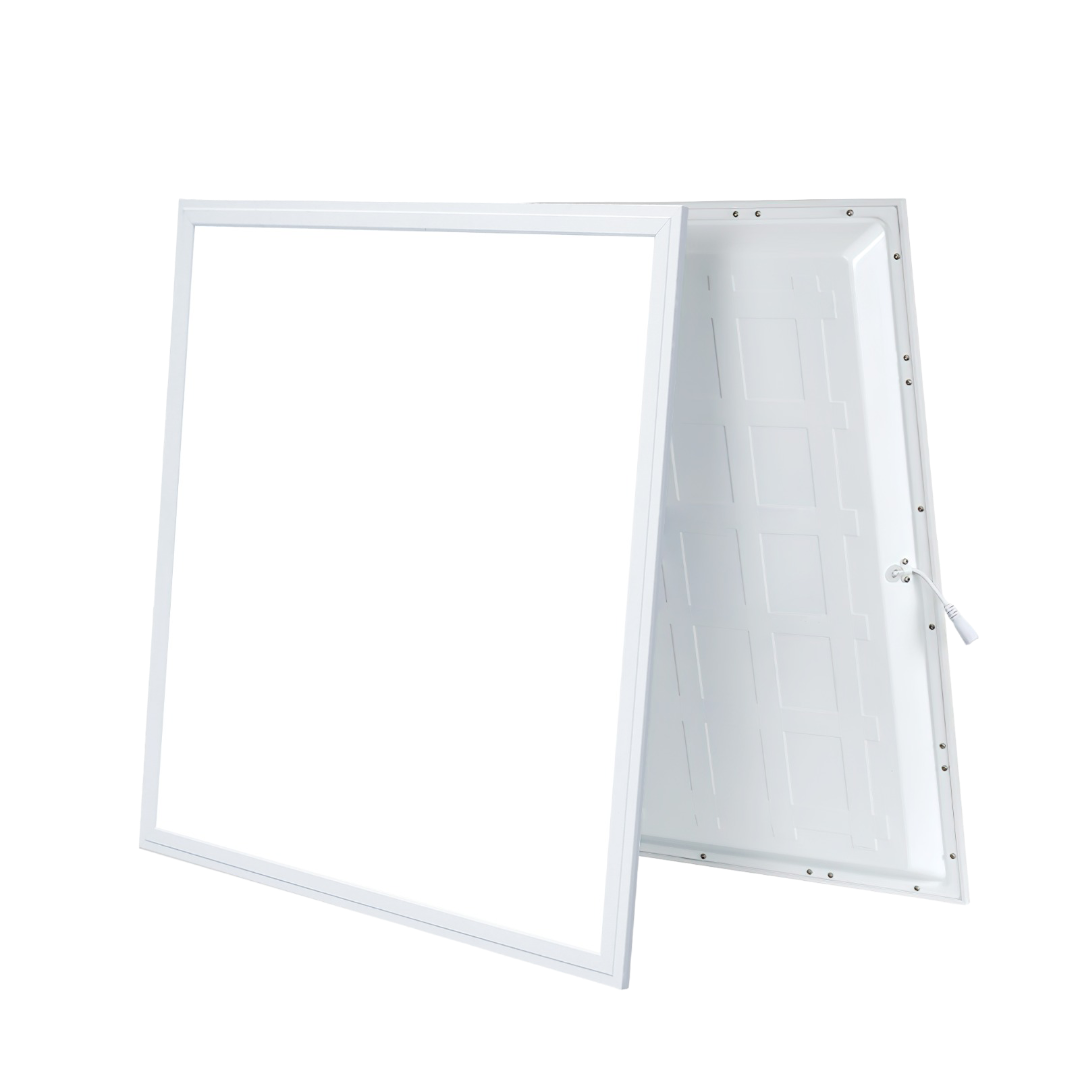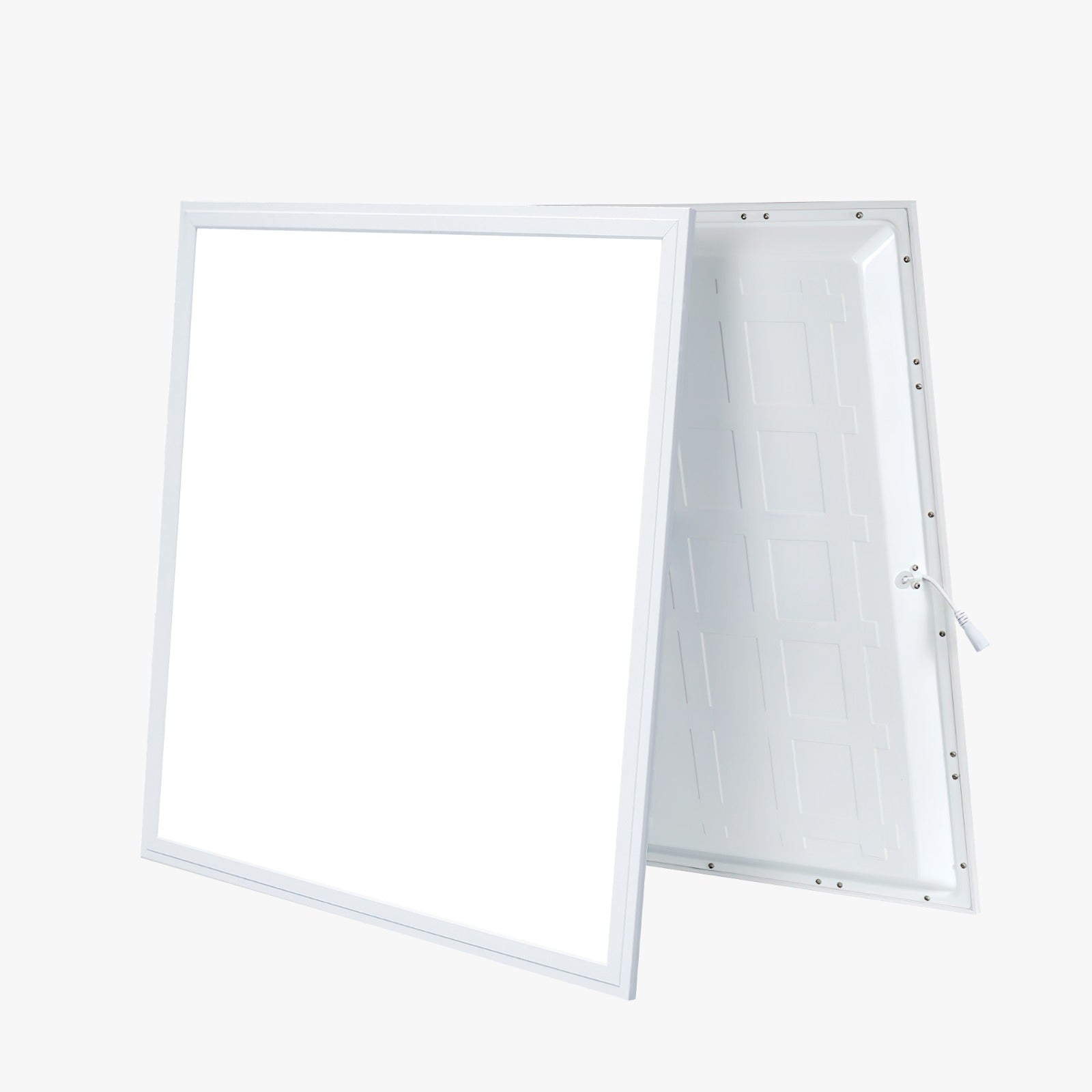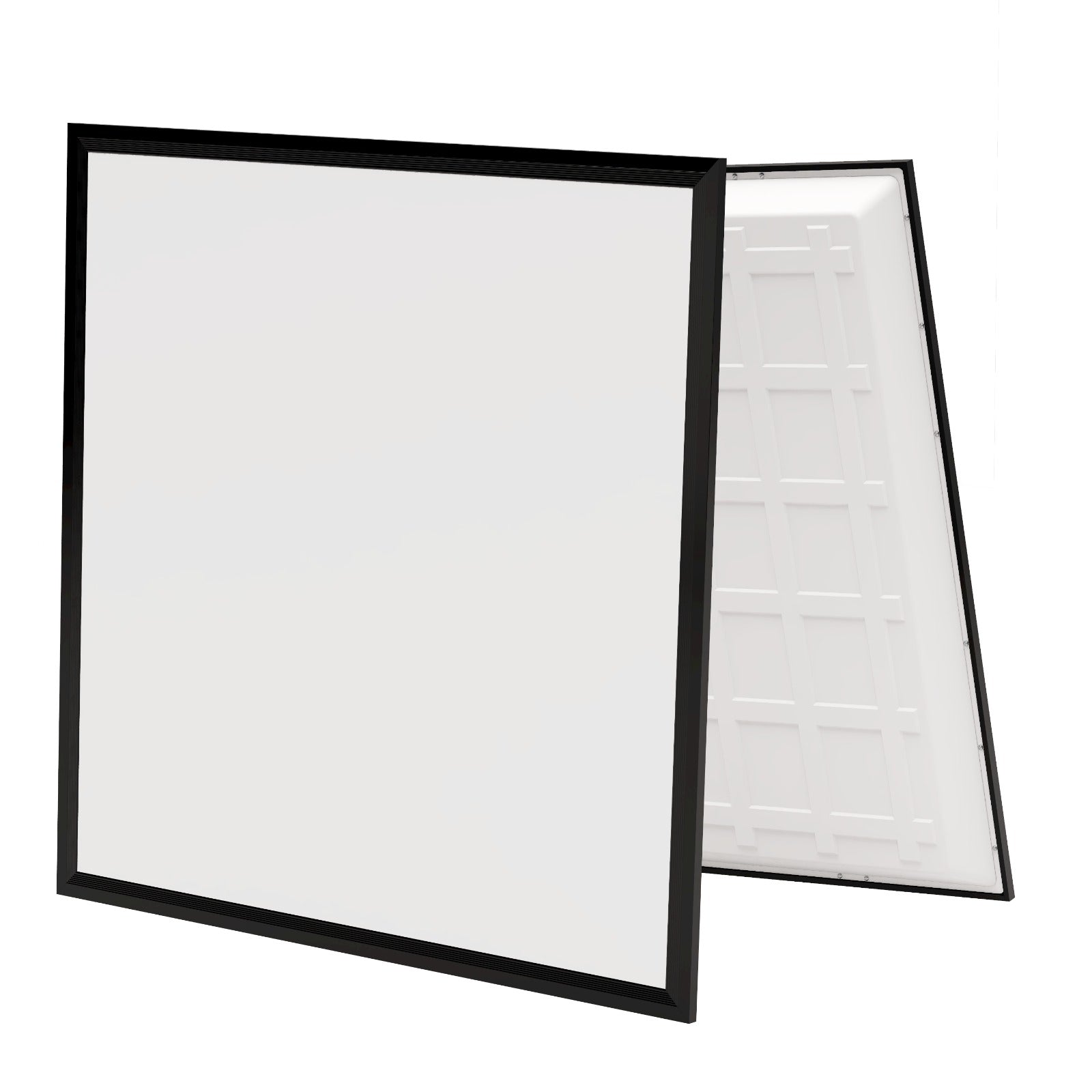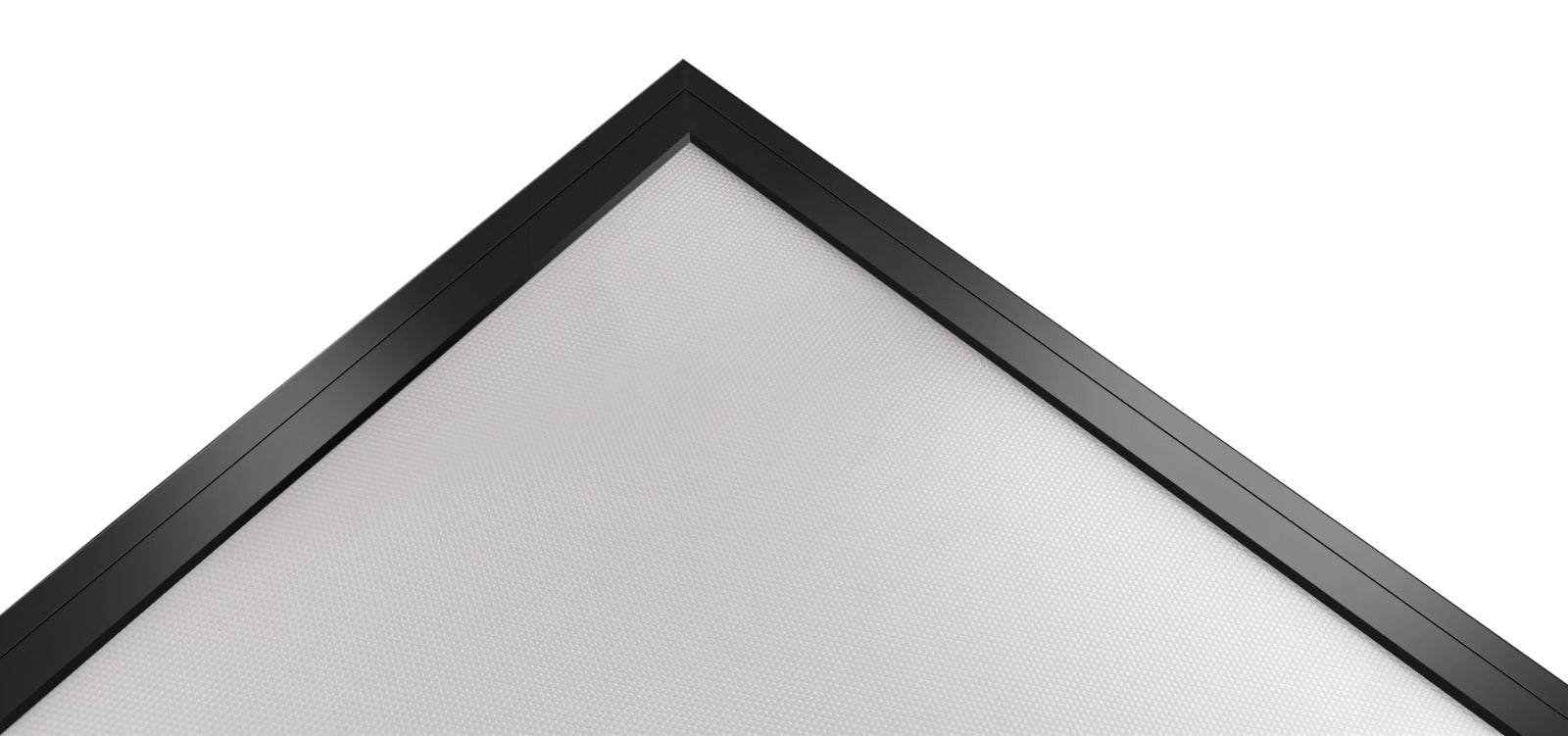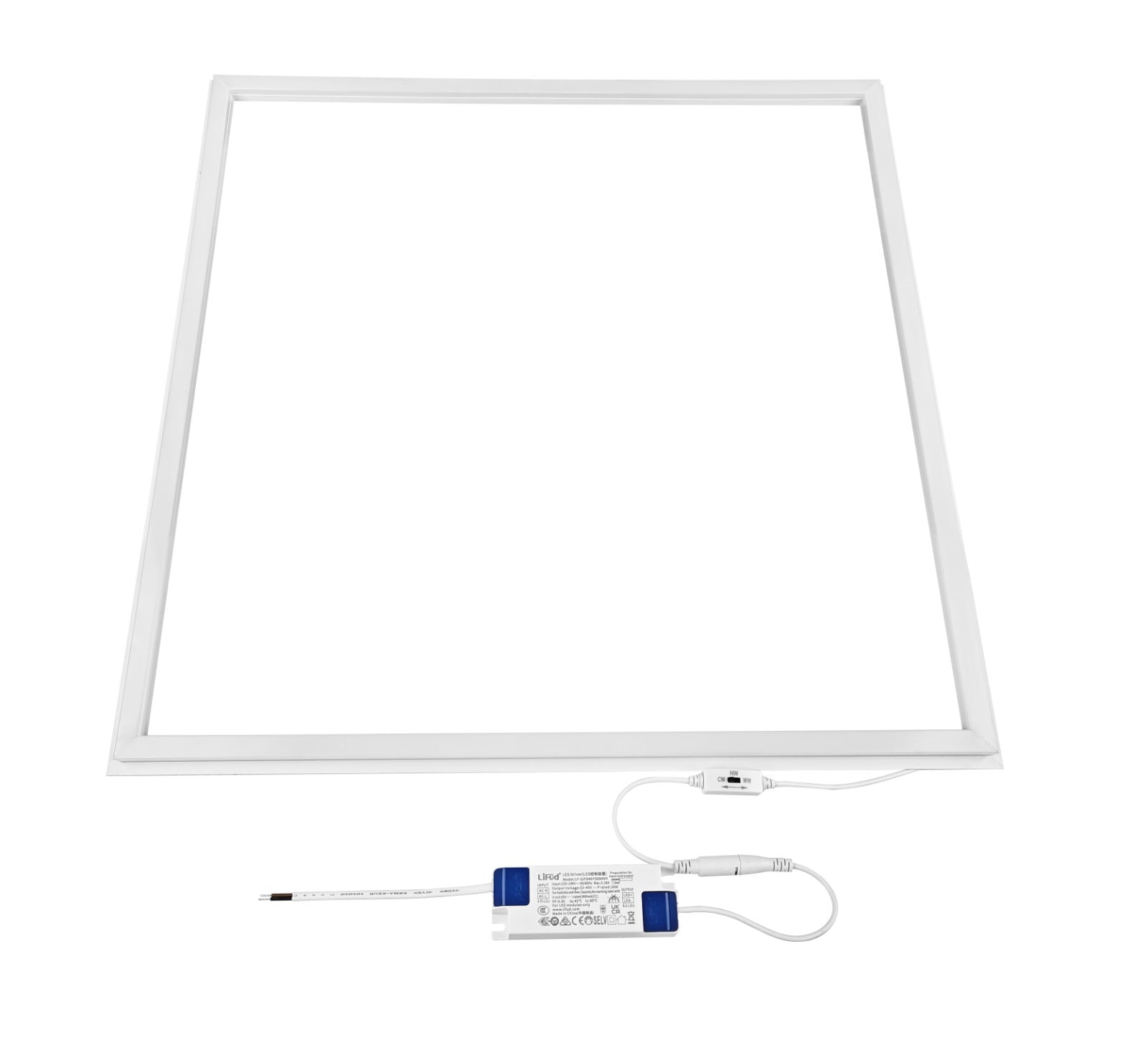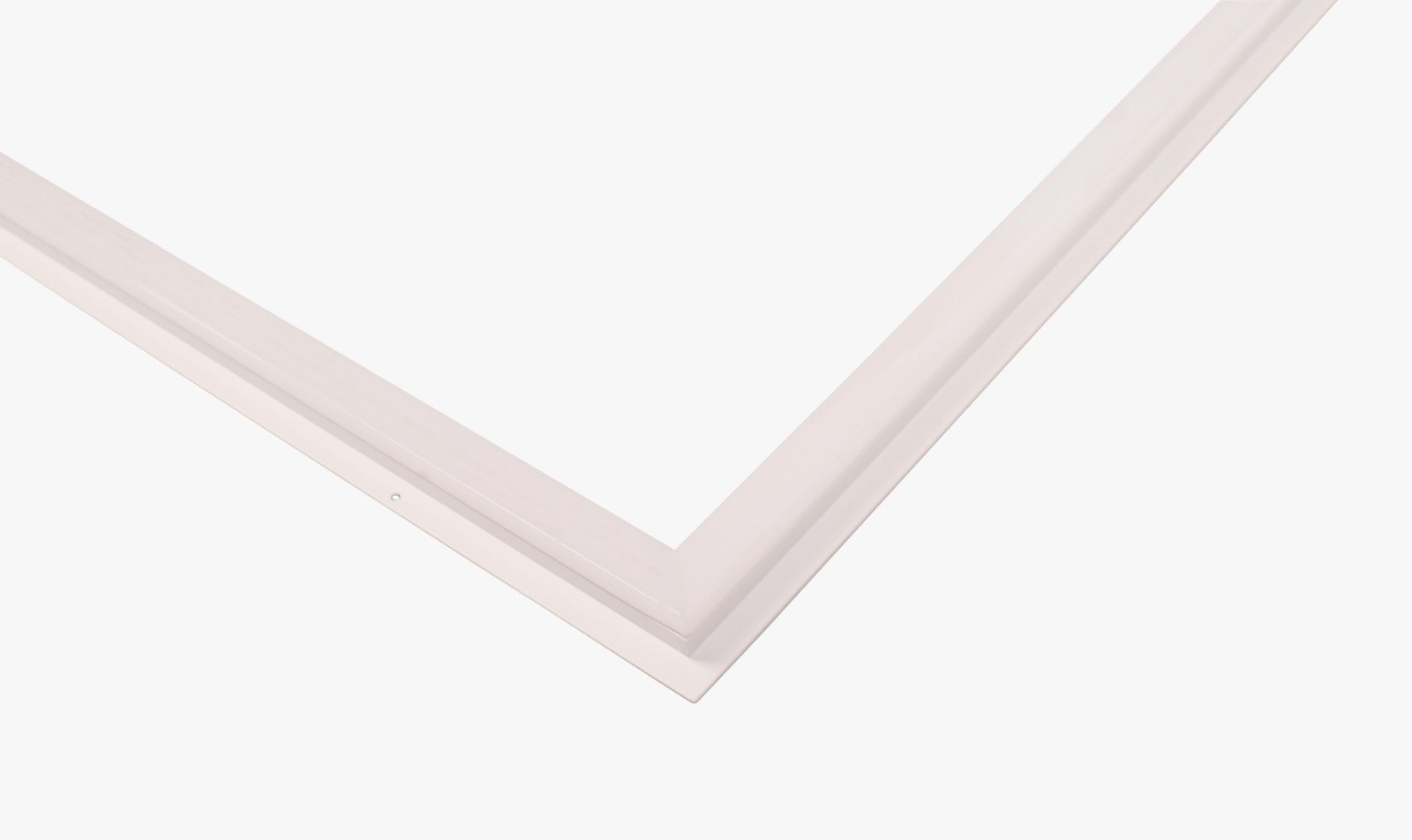Warehouse Lighting Design Guide 2025: Lux Levels, Layouts & Energy Savings
Updated Sept 2025
Designing warehouse lighting isn’t just about picking a wattage. The right plan balances task-appropriate lux levels, even uniformity, low glare, and running cost. This guide walks through the essentials — from high bay vs linear, to aisle spacing, to sensors — with links to tools and products that make specification simple.
Need a tailored plan? Request a free custom lighting design, or browse our LED High Bays. For detailed target illuminance by task, see our Industrial Lighting Lux Levels guide. You can also review application tips on our Warehouse Lighting page.
1) What Lux Levels Do I Need?
Exact targets depend on tasks and safety requirements, but these typical design ranges will get you started (confirm with your H&S policy and our lux guide):
| Area / Task | Typical Lux Range | Notes |
|---|---|---|
| General storage (open) | 200–300 lux | Good overview lighting; add sensors for low-use zones. |
| Aisles (picking) | 300–400 lux | Linear optics improve vertical illuminance on racking. |
| Packing / QC benches | 400–500+ lux | Higher CRI helps with colour/finish checks. |
| Loading bays | 300+ lux | Uniform, glare-controlled lighting for reversing vehicles. |
Deep dive on standards and more use-cases: Industrial Lighting Lux Levels (UK) →
2) High Bay vs Linear: Which Should I Use?
- UFO / Round High Bays — great for open areas and high mounting heights; wide beams for uniform general illuminance. Start with our LED High Bays.
- Linear High Bays — rectangular beam patterns suit racking aisles (better vertical illuminance on shelf faces). Also useful over long packing lines.
Quick rule: Open spaces → UFO high bays. Long aisles/benches → Linear optics. Mix both within one design if tasks differ.
3) Mounting Height, Spacing & Uniformity
As a starting point for open areas using 150W UFO high bays (≈22,500 lm, 6–8m mounting):
| Mounting Height | Typical Spacing | Target Lux (general) |
|---|---|---|
| 6 m | 1.0–1.2 × height (≈6–7.2 m) | ≈300 lux |
| 8 m | 1.0 × height (≈8 m) | ≈250–300 lux |
Uniformity matters: aim for min/avg ≥ 0.6 in working zones. We’ll confirm with a free lighting design.
4) Controls: Motion & Daylight Sensors
- Presence/absence detection reduces burn time in low-traffic aisles.
- Daylight harvesting trims output near loading doors/skylights.
- 1–10V / DALI dimming lets you cap max output or schedule setbacks.
Modern high bays accept plug-in sensors that retrofit easily — ideal for phased upgrades.
5) Quick Sizing Example
Open 20 m × 20 m area, 6 m mounting, 150W UFO high bays: ~9 fittings achieves ~300–500 lux with good uniformity (confirmed in our high bay guide). For aisles, switch to linear optics and tighten spacing across the aisle width.
FAQs
What lux should I use for warehouse aisles?
Typically 300–400 lux for picking aisles; increase as tasks get more detailed. Use linear optics for better vertical light on racking.
Are UFO or linear high bays better?
UFOs suit open areas; linear optics suit aisles and benches. Many sites use a mix.
Do I need sensors?
Yes, where occupancy is intermittent or daylight is present. Sensors typically cut energy by 20–50% in warehouses.
How do I minimise glare?
Use correct beam angles, avoid over-wattage, and consider diffusers/optics. Check uniformity in a layout before buying.
Can you provide a design?
Yes — send dimensions, mounting heights and photos via our request form for a free design and itemised quote.
Summary
For warehouses, the best results come from task-based lux levels, the right optic (UFO vs linear), smart spacing, and sensor control. Browse our LED High Bays, review the lux guide, and get a free lighting design to lock in savings and compliance.

